Product
Fabrication
Solidworks Model-Arm
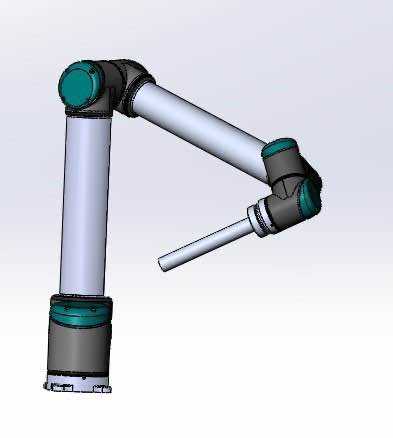
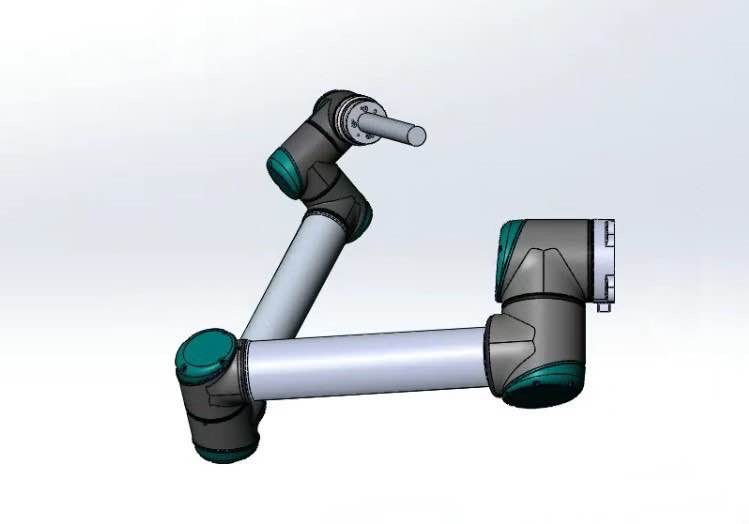
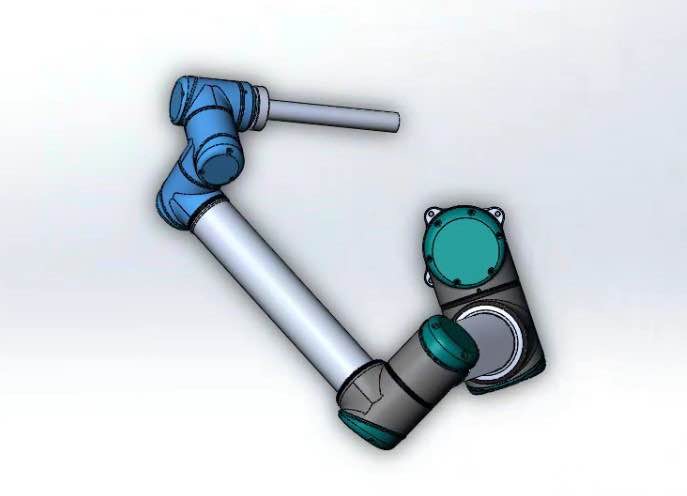
The design of the arm mainly requires that it can connect the working head and the standing part. As can be seen in the simulation software, this design uses a model similar to a robotic arm, and at the same time constructs a 3D-printable model. The robotic arm consists of three joints that can rotate 270 degrees to ensure the mobility of the arm. The fixation of the joint part can be achieved by a knob or a hydraulic joint. The short stick at the end is used to connect with the working head, and the base will be connected to the support body perpendicular to the standing support.
Solidworks Model-Head
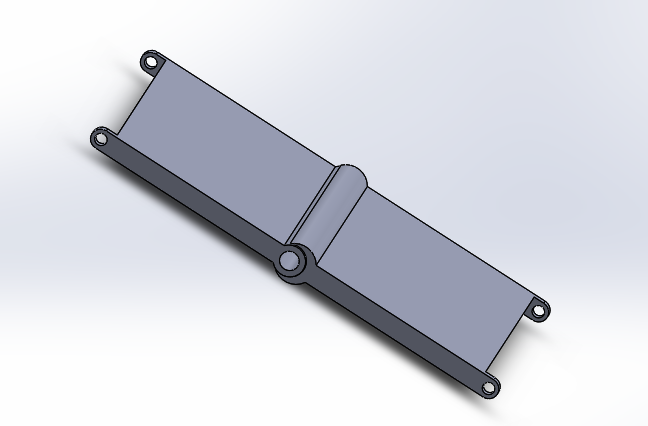
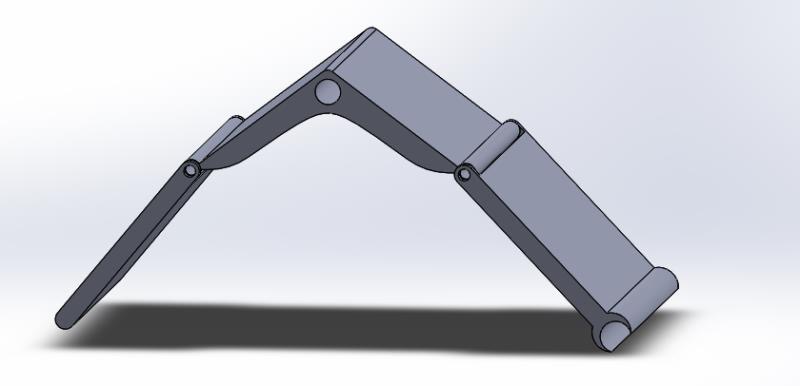
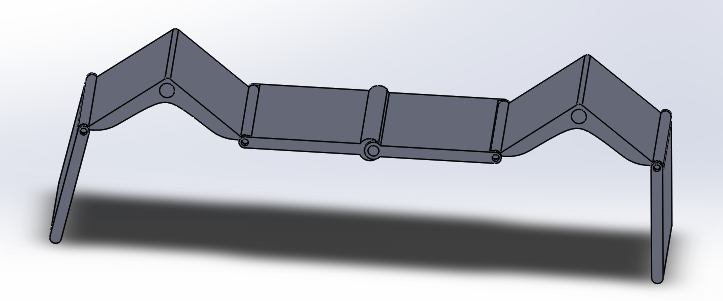
The head component contains mainly two parts as shown in the image above. Each part
has two side panels, which are rotatable within 90 degrees and can be adjusted upon
the patient's body size. The two parts can work separately to treat arms or thighs.
In addition, two parts can be connected together with the CD shape simply by sliding
to treat larger areas of the body such as the abodemen or the back. These two components
can treat patients with up to 170 cm waist circumference which accounts for 80 %
of the obese people in the United States
By implementing this head conjunction, our product is able to treat two arms simultaneously.
When combined together, the size can be adaptable to larger areas of the body such
as the abodemen or the back. Moreover, the team designed the product to be contactless
in order to increase the comfort level for our patients.
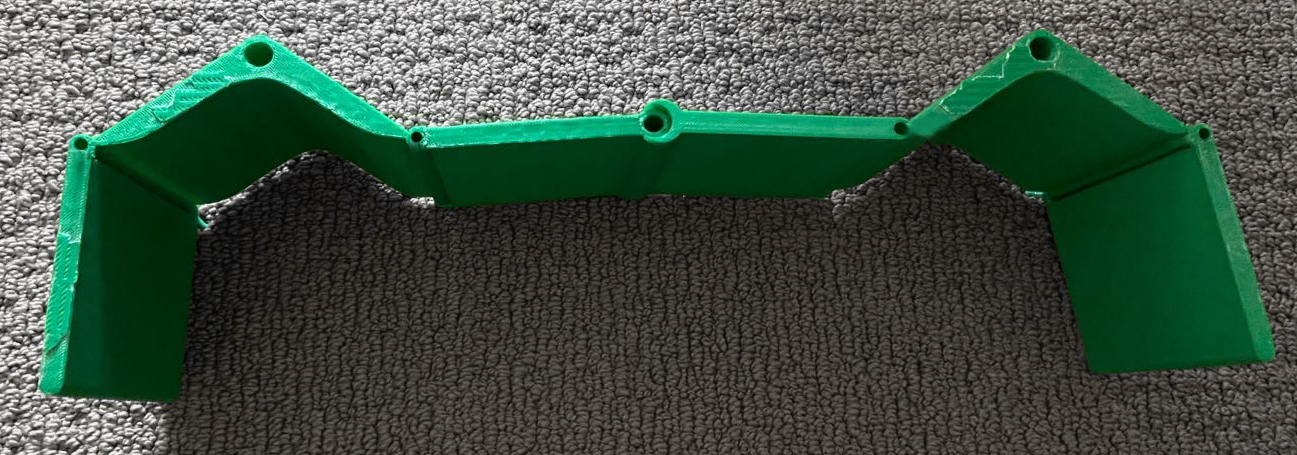
Image of our 3D-printing prototype
Comsol Simulation
For Comsol simulations, we input ranges for optimal parameters and run simulation to get results for analysis in Matlab. We generate radio frequency from a heating source in order to mimic the real treatment circumstance.
Below is the table of optimal parameters for simulation testing
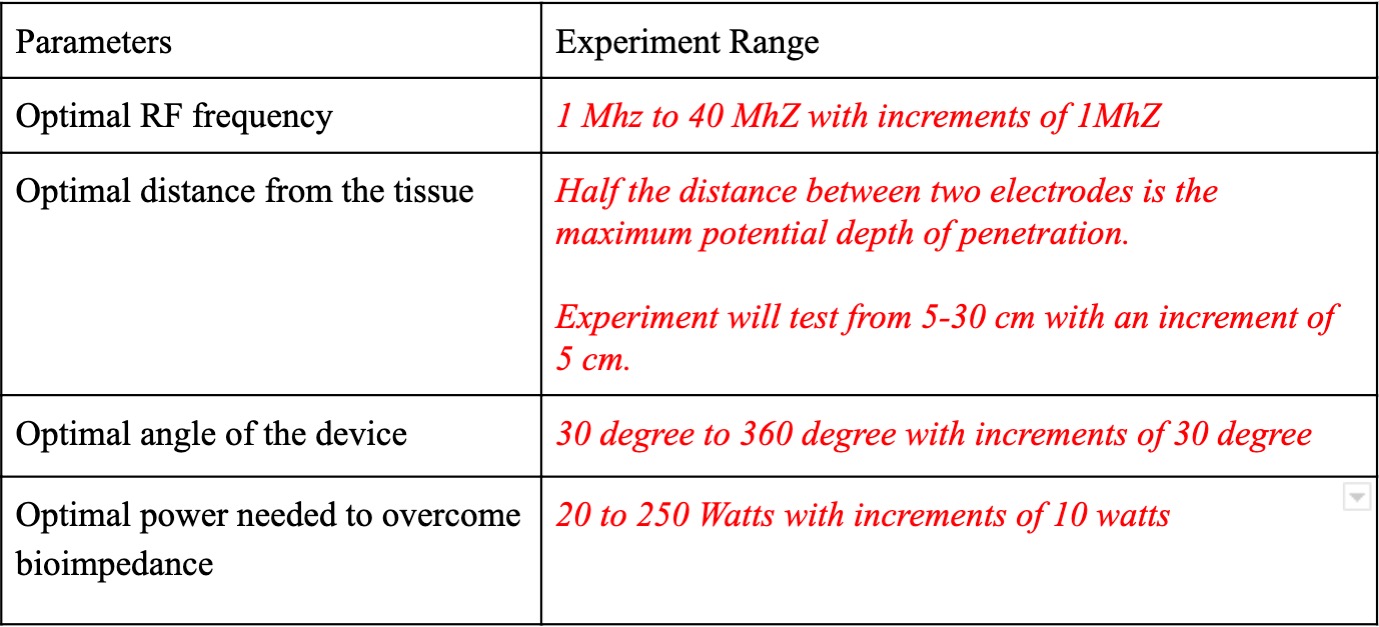
Unfortunately, the team was unable to finish the simulation testing due to the outbreak
of coronavirus and unsuccessful attempts to model simulations based on research
papers. However, the team has found beneficial takeaways during the process.
one of the big takeaways is to find a model to describe the radio-frequency treatment
of adipose tissue, how the heat inside the adipose tissue is generated. A model
that can be used to model heating effects from radiofrequency is the microwave model
which can give temperature data.
In the microwave model, EM waves are used to excite molecules inside the sample
to generate heat, and this is similar to what has been discovered in literature
about adipose tissue burning. The simulations are incomplete, but a model which
is a starting point has been found. The following figures are how the models will
look like.
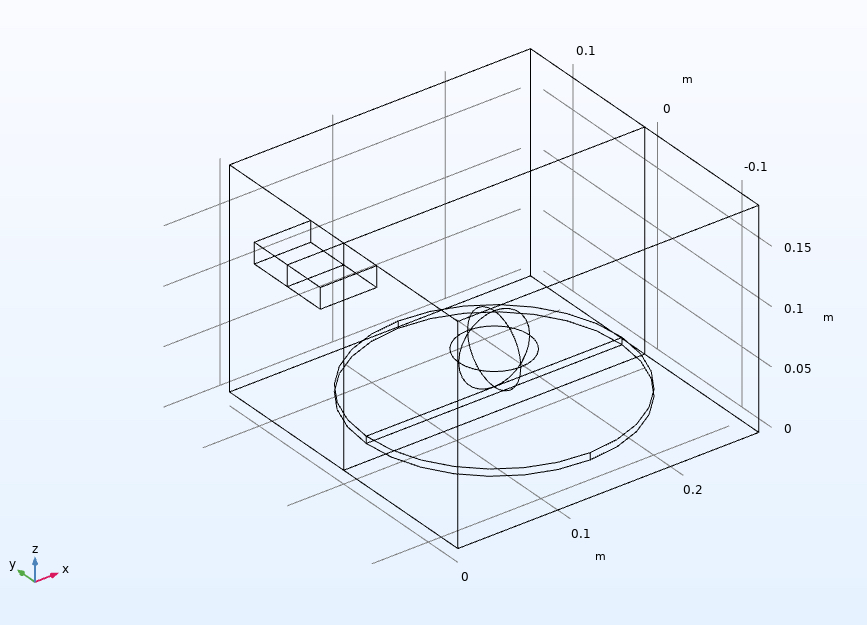
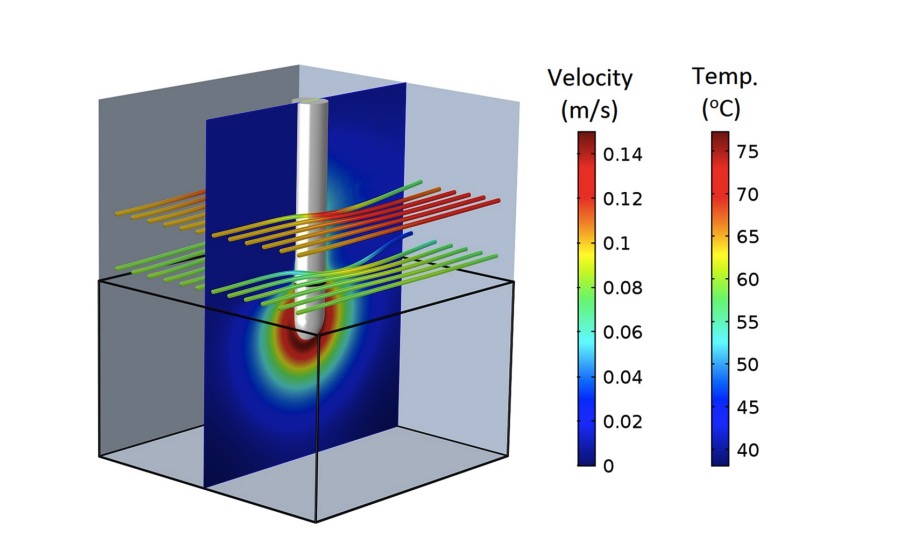
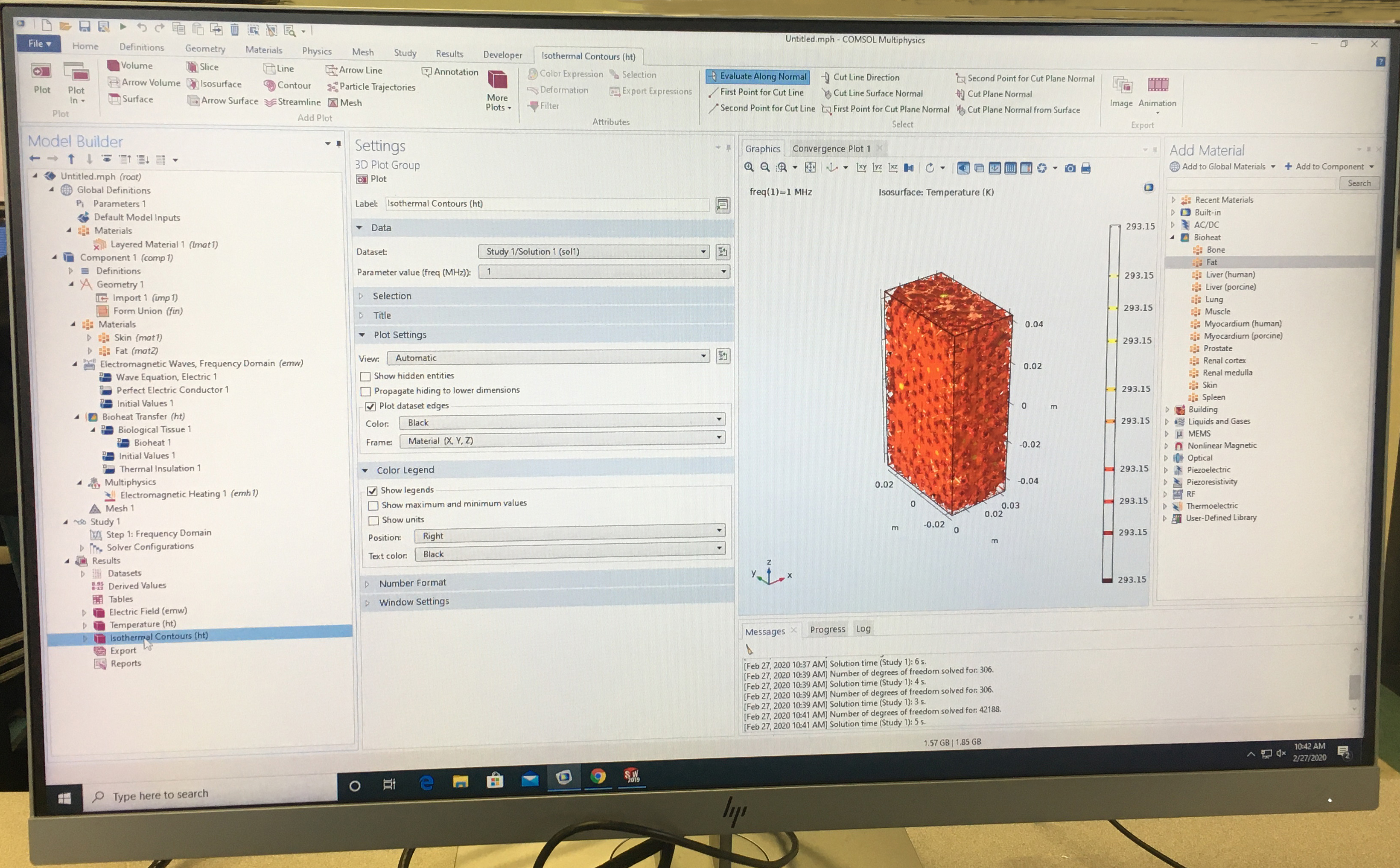
Another takeaway is finding a Matlab code that can give quantitative information
on the depth of adipose tissue reduced for a given temperature.
If the project was to be continued, our current model would be refined and more
precise, accounting for skin thickness, the geometry of the electrode, and where
the source is placed relative to the sample. Our current model is crude and simple.
Related patent
Taghizadeh, F. (2015). U.S. Patent No. 9,198,735. Washington, DC: U.S. Patent and Trademark Office